Andrew Greeley on the Catholic Imagination
Recently I read Andrew Greeley’s The Catholic Imagination (2001, University of California Press) and was fascinated by his research into the way Catholicism affects one’s world view and creativity. I’ve collected some of the more interesting and provocative quotes below:
After several pages of statistical analysis, Greeley concludes:
- Catholics are more interested in the fine arts than Protestants, and those Catholics who go to church regularly are the most likely to be interested in the fine arts.
- Catholics are more interested in the fine arts because they have more graceful images of God, and those Catholics who have the most graceful images of God are the most likely to be interested in the fine arts.
- Among Catholics the correlation between graceful imagery and regular churchgoing is positive. Among Protestants it is negative. (p. 44)
By graceful, Greeley refers to a four-item Grace Scale he developed, that “measures a respondent’s image of God as mother versus father, lover versus judge, spouse versus master, and friend versus king.” (p. 43)
He goes on:
“…the important conclusion of this analysis is that Catholic interest in the fine arts reveals a mostly preconscious dynamism–a liturgical imagination linking graceful stories of God and church attendance–at the core of the Catholic religious heritage. There appears to be a distinctive and very powerful liturgical spirituality among Catholics.” (p. 45)
Quoting Hilaire Belloc:
Where’r the Catholic sun does shine
There’s music and laughter and good red wine
At least I’ve found it so,
Benedicamus Domino.
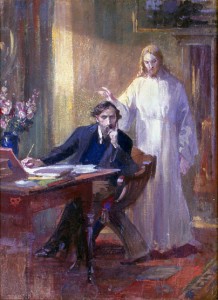 More notes:
More notes:
How does one acquire a Catholic sensibility, a Catholic perspective on time and space and community and creation and salvation?
The answer is that a religious sensibility is passed on by storytellers, most of whom are not aware that they are telling stories because their narratives reside more in who they are and what they do rather than in what they say. Religious heritages are transmitted, not necessarily by official teachers and preachers, but more likely by intimates, those who are closest to us in our lives. The stories are told by the way in which they react to the ordinary and especially the extraordinary events of life–failure, disappointment, suffering, injustice, death, success, joy, love, intense pleasure, marriage, birth. (pp. 174-175)
And finally:
Where, then, does the institutional Church fit into the paradigm I have been describing? Parents, relatives, neighbors, friends, teachers, classmates, local clergy, lovers, and above all spouses are the primary religious socializers, the most powerful sources of the Catholic sensibility….The typical Catholic probably has never read a papal or hierarchical document or listened with any attention to what a pope or a bishop has said. They probably have sat through religious instruction in Catholic school and may even have read a book or two beyond the textbook. But these are weak influences compared to stories told by the family, the peer group, the parish priest, and the spouse. (p. 179)
Who has more influence on religious preference, the pope or a warmly loving spouse? If you are not sure of the answer to that question, then you are kidding yourself. (p. 180)
So, what do you think?




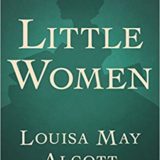

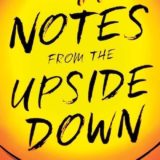






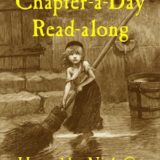
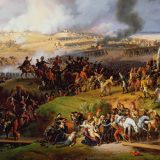
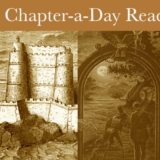


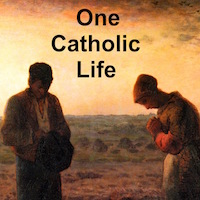
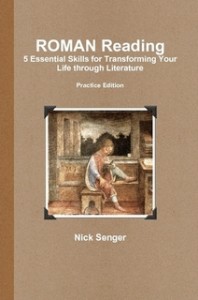

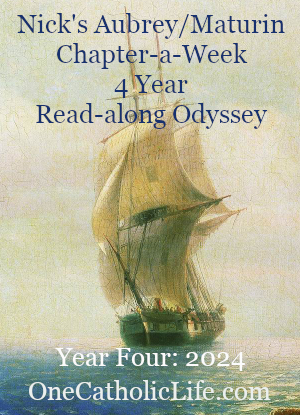
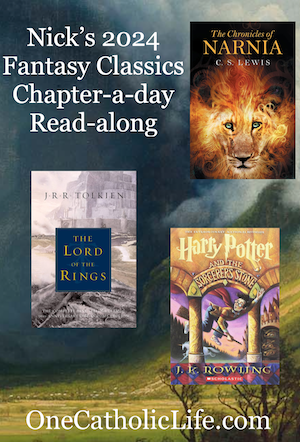

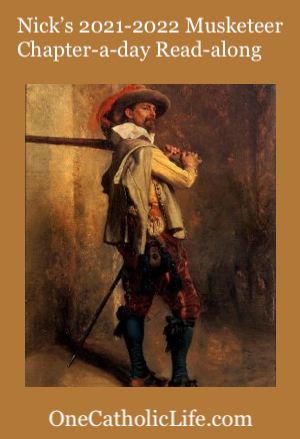
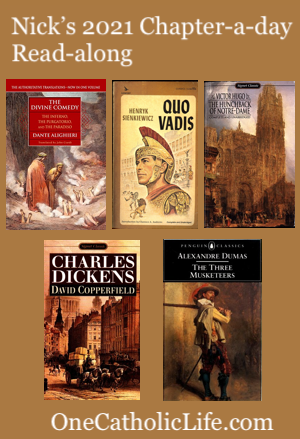
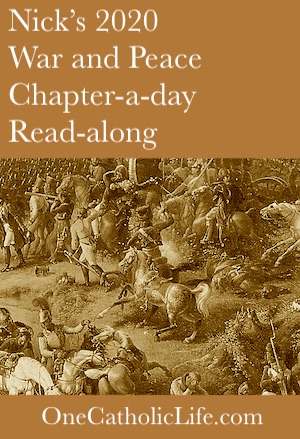
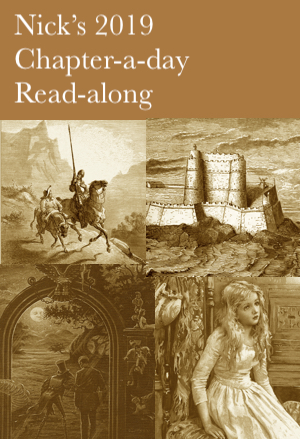
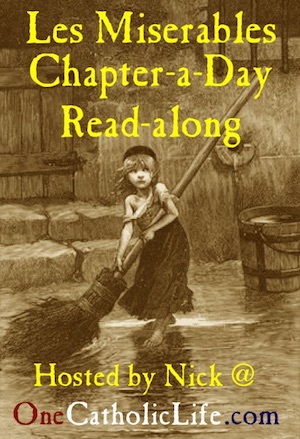



I read this book when it came out. My childhood was spent in South Louisiana where I marinated in a Catholic universe and acquired a Catholic imagination, so I knew right away what Greeley was driving at. My Bible-Belt parish gets lots of converts, and I notice that what they most lack is- a Catholic imagination. You can’t study your way into it.
Interesting that Greeley says “a religious sensibility is passed on by storytellers…” I teach 6th grade catechism, and the entire textbook-free year is essentially me telling the kids a stream of Bible stories, starting with Genesis and ending with the Mass.